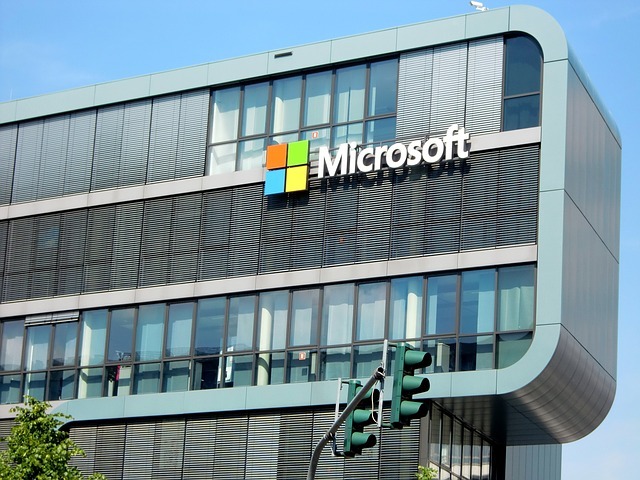Microsoft has escalated its efforts to migrate Windows 10 users to Windows 11 by deploying full-screen advertisements across devices. These ads, strategically placed during system startups or idle times, spotlight the features and benefits of the newer operating system. While Microsoft frames these notifications as helpful reminders, many users see them as intrusive, leading to widespread discussion and criticism online.
Why Microsoft Is Pushing Windows 11
Since Windows 11’s launch, Microsoft has actively encouraged users to make the shift. The company’s motivation stems from the need to unify its user base on a single, updated platform that supports modern hardware and software advancements. Windows 11 boasts several enhancements, including:
- Enhanced Security- With features like secure boot and TPM 2.0 requirements, Windows 11 offers a more robust defense against malware and cyber threats.2.
- Refined Interface- The operating system introduces a cleaner design, a centered taskbar, and optimized layouts to improve user productivity.3.
- Gaming Optimization: Features like AutoHDR and DirectStorage make Windows 11 more appealing to gamers.4.
- Hardware Compatibility: Tailored for modern processors and devices, the system ensures improved performance on newer hardware.
With Windows 10 set to reach its end-of-support date on October 14, 2025, Microsoft is eager to minimize fragmentation and ensure most users transition well before the deadline.

The Full-Screen Ads
The full-screen upgrade prompts have become unmissable for many Windows 10 users. These ads detail the advantages of Windows 11 and offer buttons for actions like “Upgrade Now,” “Learn More,” or “Remind Me Later.” Unlike smaller notifications that users might ignore, these ads take up the entire screen, making it impossible to proceed without interacting with the message.
Microsoft has categorized these messages as “recommendations” to enhance the user experience. However, their intrusive nature has led to frustration, especially among users content with their current setup or those whose hardware does not meet Windows 11’s requirements.
Mixed User Reactions
The reception to these full-screen ads has been polarizing.
- Supporters- Some users appreciate the reminders, seeing them as an opportunity to learn about and transition to a more secure and efficient system.2.
- Critics- Many users, particularly those active on social media platforms like Twitter and forums such as Reddit, have labeled the ads as aggressive and unwelcome. Complaints often cite disruptions to workflow, difficulty dismissing the prompts, and a sense of being pressured into upgrading.
User Autonomy – How to Disable the Prompts
For users who wish to avoid these notifications, Microsoft provides options to disable them. Here’s how you can manage these settings:
- Open the Settings menu on your Windows 10 device.
- Navigate to System > Notifications & actions.
- Disable the options for receiving tips, tricks, and suggestions.
However, not all users find these settings intuitive, leading to additional frustration.
Broader Marketing Strategy
The aggressive push for Windows 11 is part of a broader trend in tech marketing, where companies use in-platform messaging to promote upgrades or services. This strategy, while effective in increasing adoption rates, often walks a fine line between informing users and alienating them.
Microsoft’s approach underscores the importance of adopting respectful promotional tactics, particularly for users already feeling overwhelmed by frequent system updates and notifications.
What This Means for Windows 10 Users
With the end-of-support deadline for Windows 10 approaching, users are at a crossroads. Those with compatible hardware might benefit from the enhanced features of Windows 11, particularly its improved security and optimized performance. However, for users with older devices or those satisfied with their current system, these prompts feel more like an unnecessary intrusion.
The debate surrounding these full-screen ads highlights a larger question: Should companies prioritize user autonomy over aggressive promotional campaigns? Microsoft’s strategy reflects its urgency to ensure a smooth transition but risks alienating a significant portion of its loyal user base.
Microsoft’s full-screen ads pushing Windows 10 users to adopt Windows 11 have stirred both appreciation and criticism. As the company balances its goals of widespread adoption with user satisfaction, the discussion raises important considerations about how tech companies promote their products.
For now, users can either explore ways to disable these prompts or consider the benefits of upgrading. As the end-of-support date for Windows 10 looms closer, the pressure to transition will only intensify, making this a pivotal moment for Microsoft and its global community of users.









